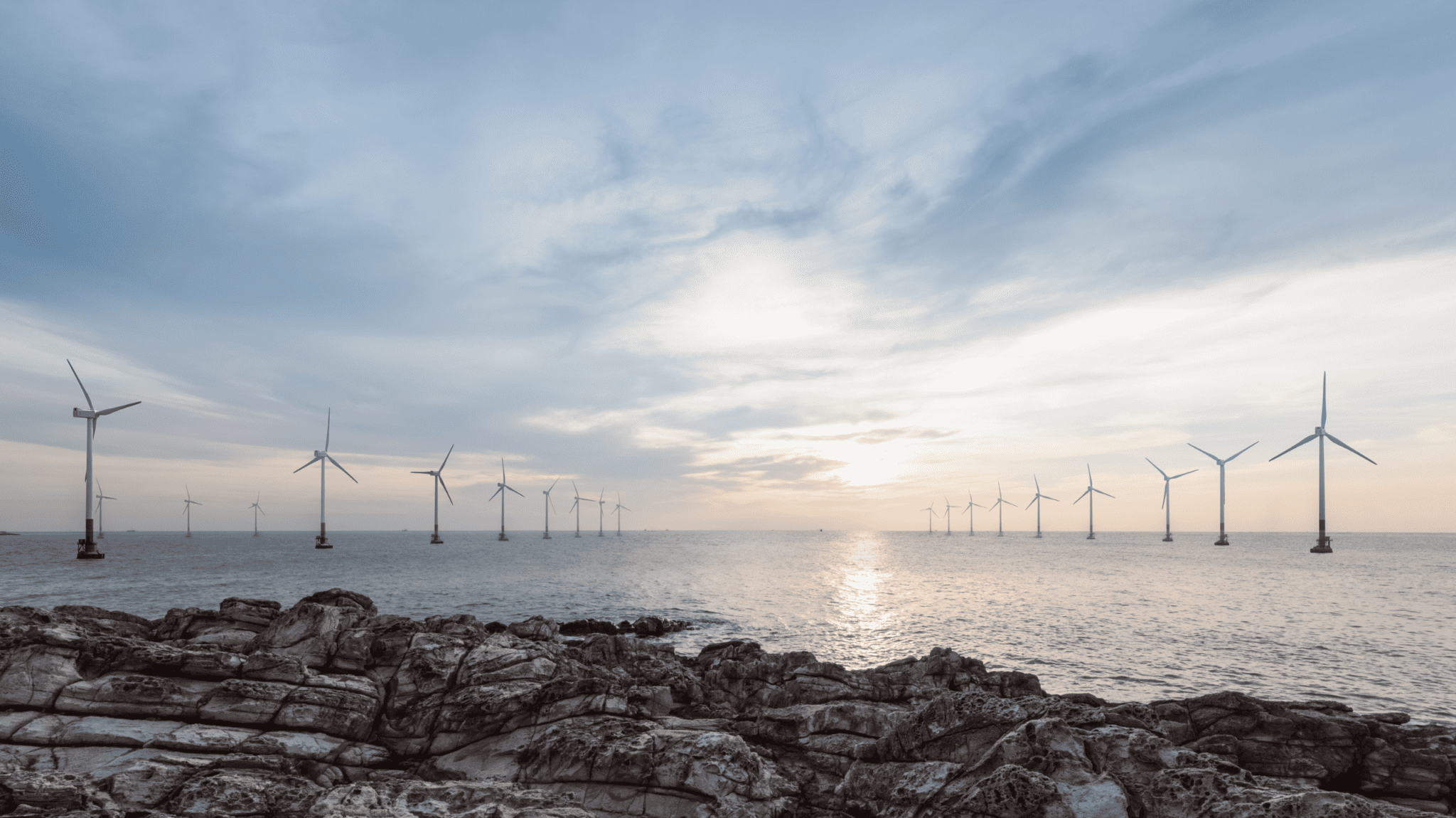
If we are to create effective long-term O&M strategies, what do we need to do? This was the central topic up for debate at Sennen’s latest webinar.
Play the clip below to watch the full discussion between Mike Young from Sennen, Bob Smith formerly from London Array and Calum Hume from EDFR, on what needs to be done to create effective long-term strategies in Offshore O&M.
For Bob, tapping into the local workforce is crucial. For example, at London Array, they actively engaged with residents in Ramsgate and formed a workforce from the community. This approach has been immensely beneficial. The wind farm teams have become an important part of the local community. It’s important to recognise the longevity of the project too. Individuals may stay on one project for an extended period, possibly exceeding 50 years. Operators must recognise the long-term impact of the wind farm and foster a strong relationship with the local community.
We operate out of Ramsgate, which is a town with people who are highly skilled from a technical point of view. When we started building London Array, which was a long time ago, we engaged with them and we built a local workforce. And that has been hugely powerful to us in lots of different ways throughout the time that we’ve been operating.
Bob Smith, former General Manager, London Array
The pandemic and the shift to remote working have brought some changes but, as we emerge from this situation, the focus is on building a strong team ethos and bringing people back into the office. From an operational standpoint, it is crucial to address challenges directly and foster face-to-face team discussions rather than limiting office presence to specific days. The aim is to have the team physically on-site, enabling them to tackle issues head-on.
I think that the pandemic and, you know,remote working has changed that slightly,but now that we’re coming out the other side of that,what we’re trying to do is still build that team ethos and get people back into the office.
Calum Hume, O&M Manager, EDFR
At the outset of a project, it’s important to consider how turbines can be effectively serviced over the next 25 to 30 years, and how annual maintenance visits will be conducted. Ideally, O&M tasks will be integrated into the design of ancillary equipment. While some Original Equipment Manufacturers (OEMs) excel at designing turbines that facilitate O&M activities such as annual servicing, troubleshooting, and part replacements, there are instances where consideration for O&M is lacking – particularly TP platforms, H3 networks, substations, and the associated infrastructure.
Operators also need to consider the logistics of transporting personnel, tools and equipment to the turbines. Overlooking or underestimating it can lead to O&M delays and complications.
I’d like to see, O&M brought into the design of all sorts of ancillary equipment.
Mike Young, Senior Consultant, Sennen